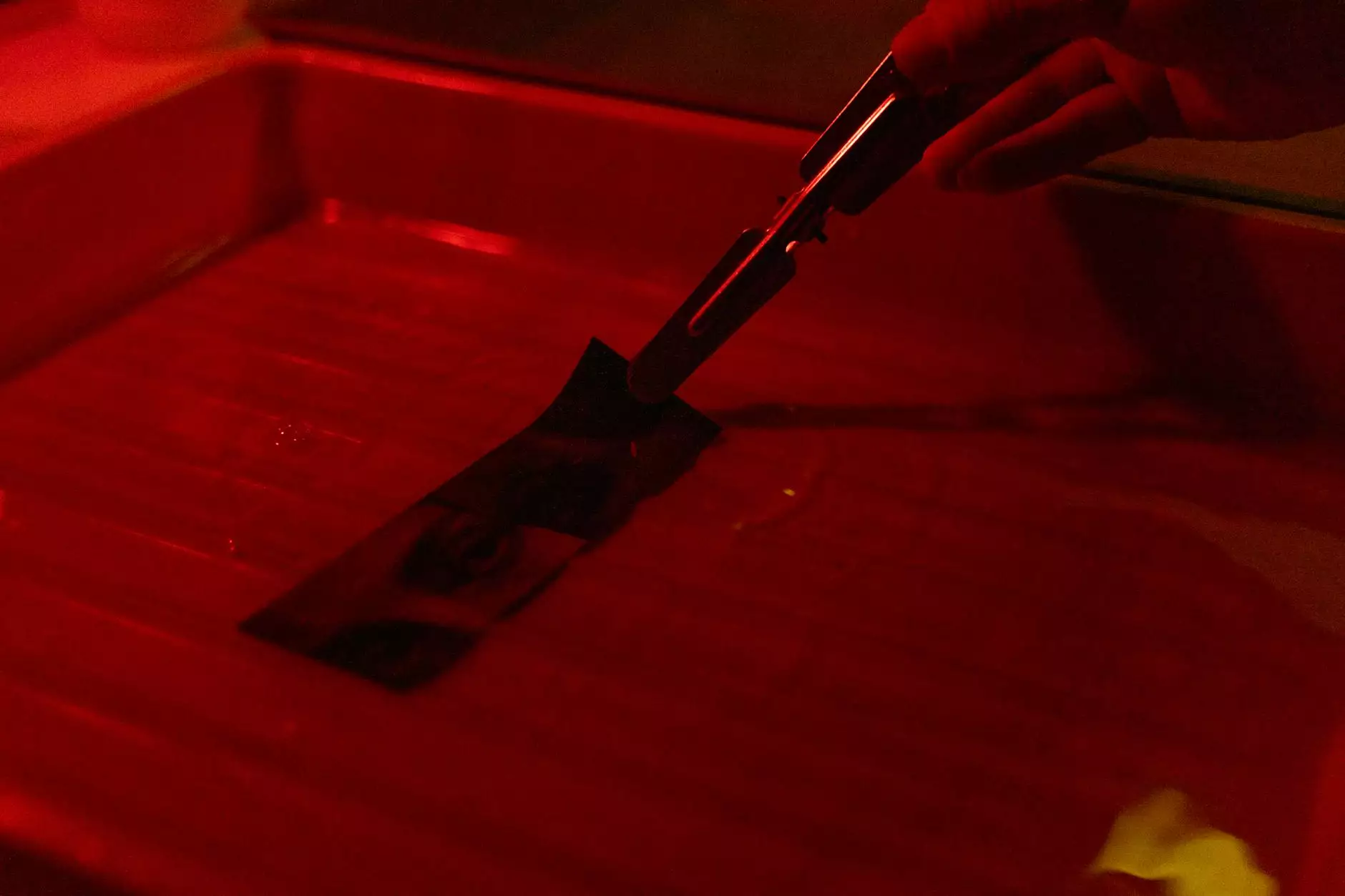Atopic Dermatitis: Causes, Symptoms & Treatment Options
Skin Care
Introduction
Welcome to the comprehensive guide on atopic dermatitis brought to you by Smith, Arthur F, MD. This page aims to provide detailed information on the causes, symptoms, and treatment options for this common skin condition. Our goal is to help you understand atopic dermatitis better and equip you with the knowledge to manage it effectively.
Understanding Atopic Dermatitis
Atopic dermatitis, also known as eczema, is a chronic inflammatory skin condition that affects millions of people worldwide. It typically manifests as itchy, red, and dry patches on the skin. Although atopic dermatitis can affect individuals of all ages, it often starts in early childhood and may persist into adulthood.
Causes of Atopic Dermatitis
The exact cause of atopic dermatitis is still not fully understood. However, research suggests that a combination of genetic, environmental, and immune system factors play a role in its development. People with a family history of atopic dermatitis or other allergic conditions may be more prone to developing this skin condition.
Symptoms of Atopic Dermatitis
The symptoms of atopic dermatitis can vary from person to person and may range from mild to severe. Common symptoms include:
- Itchy skin, especially at night
- Dry, scaly, or rough skin
- Red or inflamed patches
- Swelling and oozing in affected areas
- Thickened or cracked skin
- Sensitivity to certain triggers, such as allergens or irritants
Treatment Options for Atopic Dermatitis
1. Topical Medications
Topical corticosteroids, immunomodulators, and moisturizers are commonly prescribed to manage the symptoms of atopic dermatitis. These medications aim to reduce inflammation, relieve itching, and improve the skin barrier function.
2. Systemic Medications
In severe cases where topical treatments are not sufficient, systemic medications such as oral corticosteroids, immunosuppressants, or biologics may be recommended. These medications target the immune response and help control inflammation.
3. Phototherapy
Phototherapy, also known as light therapy, involves exposing the affected skin to controlled amounts of ultraviolet (UV) radiation. This treatment modality can help reduce inflammation and alleviate symptoms in some individuals.
4. Lifestyle Changes
Adopting certain lifestyle changes can significantly improve the management of atopic dermatitis. These may include:
- Avoiding known triggers, such as specific foods or allergens
- Using mild, fragrance-free skincare products
- Moisturizing the skin regularly
- Wearing soft, breathable fabrics
- Managing stress levels
- Practicing good hygiene
- Keeping nails short to prevent skin damage from scratching
Conclusion
In conclusion, atopic dermatitis is a common skin condition characterized by itchy, red, and dry patches on the skin. While there is no cure for this chronic condition, various treatment options can help manage the symptoms effectively. Smith, Arthur F, MD is dedicated to providing comprehensive care for individuals with atopic dermatitis. Contact us today to schedule an appointment and learn more about personalized treatment plans tailored to your specific needs.










